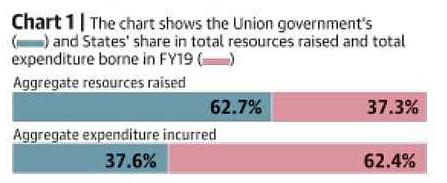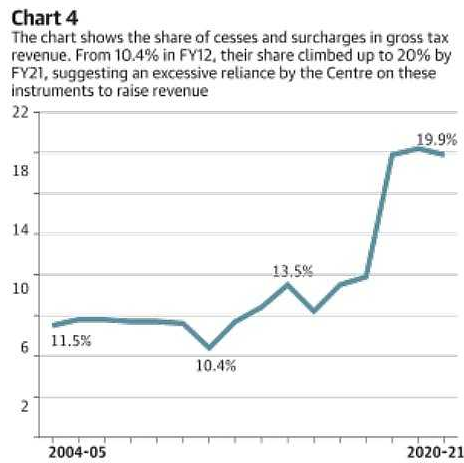7667766266
enquiry@shankarias.in
The share of the States in divisible pool is shrinking despite their carrying a higher burden of expenditure.





How does the future look?
Harish Rohilla 1 year
One line CBSE NCERT class wise short question and answers provide concise, straightforward responses to questions from NCERT textbooks. All NCERT solutions and short notes available.